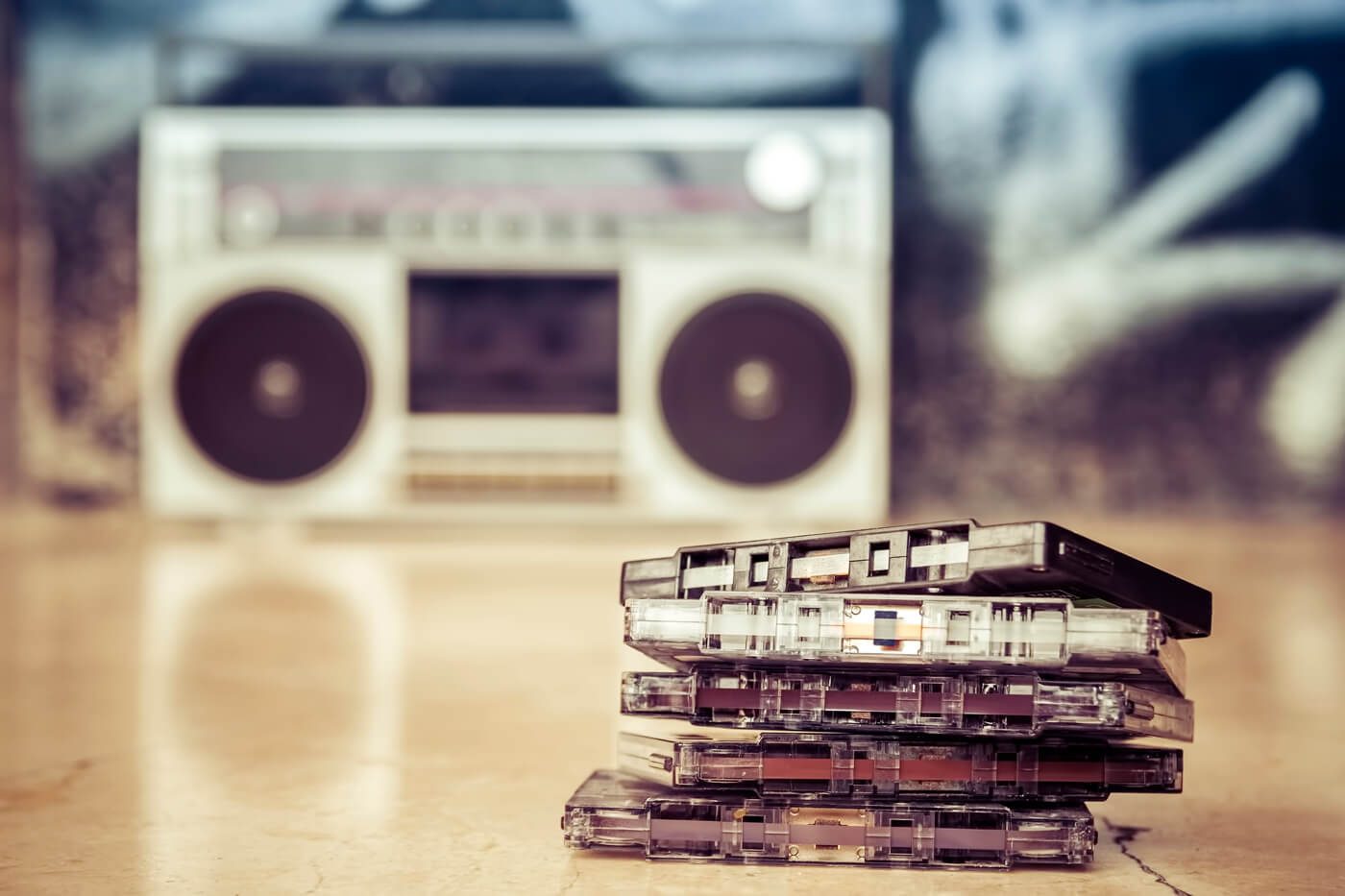Editor's take: YouTuber Kris Slyka recently revisited the concept behind an odd piece of kit that toy maker Fisher-Price put out way back in the 80s. In short, he was able to figure out how to record video onto a standard audio cassette. It's not practical, mind you, but the techie / gadget lover in me eats this sort of thing up.
The Fisher-Price PXL-2000 was a black-and-white camcorder that used a standard audio cassette as its recording medium. Video was recorded on the left audio channel and audio on the right channel.
To overcome the bandwidth limitations of the medium, the machine sped up the movement of the tape by nearly 9x that of a standard cassette playback (the faster the tape speed, the more data can be read / written per second). There's a reason VHS tapes used much larger strips of magnetic tape, after all.
Even with the speed advantage, the quality was very poor and the machine was only in production for about one year before being discontinued. Still, it demonstrated that it was possible to record video on a standard audio cassette and that's where Slyka picks up.
Using a Sony tape recorder, he came up with a method using Python and Java to convert a video signal into one that can be recorded on an audio cassette and successfully played back. There were significant concessions that had to be made in terms of image quality - the resolution was cut down to a paltry 100 x 75 at only five frames per second, and there is no audio - but still, it's an incredibly fascinating feat. Just imagine the sort of video content that could be hidden on a cassette tape where nobody would ever think to look for it.
It reminds me of this episode of LGR Oddware that covers the Danmere Backer VHS hard drive backup system.
It's essentially exactly what it sounds like, a platform that lets you store hard drive data on a standard VHS tape. Again, it's the sort of medium where you could hide data that nobody would ever think to check.
Masthead credit: GraphicPhotoArt - MomPhoto
